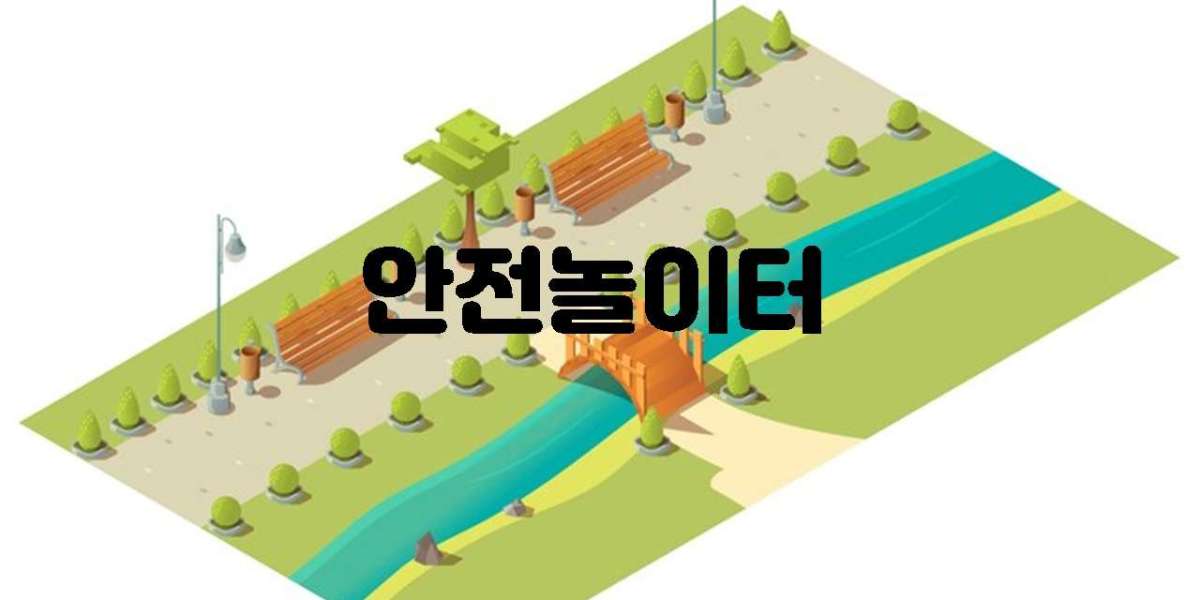Introduction
In today’s world, more people are becoming conscious of their environmental impact, even when it comes to celebrations. A naming ceremony is a special event that welcomes a new life into the world, and what better way to mark this occasion than by using eco-friendly materials for your naming ceremony invitation? Not only do these materials reduce your carbon footprint, but they also add a unique, thoughtful touch to your event.
Why Choose Eco-Friendly Materials for Naming Ceremony Invitations?
Choosing eco-friendly materials for your naming ceremony invitations isn’t just about following a trend; it’s a commitment to a healthier planet. Traditional invitation materials often include non-recyclable paper, plastic embellishments, and chemical-heavy inks that harm the environment. By opting for sustainable materials, you reduce waste, save resources, and create invitations that are as beautiful as they are responsible.
Popular Eco-Friendly Materials for Naming Ceremony Invitations
Recycled Paper
One of the most accessible and versatile eco-friendly materials is recycled paper. It’s made from post-consumer waste, which means it repurposes paper that would otherwise end up in landfills.
Types of Recycled Paper
Recycled paper comes in various types, including unbleached, colored, and textured varieties. Unbleached recycled paper is the most eco-friendly option as it avoids the harsh chemicals used in bleaching processes.
Benefits of Using Recycled Paper
Using recycled paper not only conserves natural resources but also reduces pollution. It’s a cost-effective option that doesn’t compromise on quality or aesthetics.
Plantable Paper
Imagine an invitation that grows into a plant after it’s served its purpose! Plantable paper is embedded with seeds, so recipients can plant the invitation in their garden.
What is Plantable Paper?
Plantable paper is made from biodegradable materials and contains seeds such as wildflowers, herbs, or vegetables. When planted, the paper breaks down, and the seeds sprout into plants.
How to Use Plantable Paper for Invitations
To use plantable paper for your naming ceremony invitations, choose designs that highlight its natural texture. Include planting instructions for your guests to enjoy the full experience.
Bamboo Paper
Bamboo is one of the fastest-growing plants in the world, making it an excellent sustainable resource for paper production.
Characteristics of Bamboo Paper
Bamboo paper is durable, soft, and has a natural, earthy tone. It’s perfect for eco-conscious events and adds a touch of elegance to your invitations.
Why Bamboo is a Sustainable Choice
Bamboo grows rapidly without the need for pesticides or fertilizers, making it a highly renewable resource. Additionally, bamboo paper production requires less water and energy compared to traditional paper.
Cotton Rag Paper
Made from cotton linters and other cotton by-products, cotton rag paper is both durable and luxurious.
How Cotton Rag Paper is Made
Cotton rag paper is produced from the fibers of cotton that are too short for textile use. These fibers are processed and turned into a strong, textured paper that feels premium.
Advantages of Cotton Rag Paper
Cotton rag paper is acid-free, meaning it doesn’t yellow over time, making it ideal for keepsake invitations. It’s also incredibly durable and tear-resistant.
Cork Fabric
Cork fabric, also known as cork leather, is a unique and sustainable material made from the bark of cork oak trees.
What Makes Cork Fabric Eco-Friendly?
Cork is harvested without harming the tree, making it a renewable resource. The production of cork fabric is also free from harmful chemicals and pollutants.
Creative Uses of Cork Fabric in Invitations
Cork fabric can be used as a backing material or as decorative elements on your invitations. Its natural texture and appearance give a rustic, earthy feel to your event stationery.
Designing Eco-Friendly Naming Ceremony Invitations
When designing your eco-friendly invitations, consider a minimalist approach that uses fewer materials and highlights the natural beauty of the eco-friendly paper. Incorporating elements like dried flowers, leaves, or twine can enhance the organic feel of your invitations.
Minimalist Design Approach
A minimalist design not only looks elegant but also aligns with the eco-friendly ethos by reducing material use. Simple fonts, clean lines, and neutral colors can make a big impact.
Incorporating Natural Elements
Adding natural elements like pressed flowers or leaves can make your invitations stand out while staying true to the eco-friendly theme. These touches bring a piece of nature into your guests’ hands.
Using Eco-Friendly Inks
Choose soy-based or water-based inks for printing your invitations. These inks are less harmful to the environment and still provide vibrant colors and crisp text.
Where to Source Eco-Friendly Materials for Invitations
Finding the right materials for your eco-friendly invitations is easier than you might think. Many online shops specialize in sustainable stationery, offering a wide range of eco-friendly papers, inks, and embellishments.
Online Eco-Friendly Stationery Shops
Websites like Green Field Paper Company and Botanical PaperWorks offer a variety of eco-friendly invitation materials. These shops provide detailed descriptions of their products, making it easy to choose the right materials for your event.
Local Craft Stores
Don’t overlook your local craft stores! Many carry eco-friendly products, and shopping locally reduces the carbon footprint associated with shipping.
DIY Eco-Friendly Naming Ceremony Invitations
Making your own invitations is a rewarding way to personalize your event while ensuring every aspect is environmentally conscious.
Step-by-Step Guide to Making Your Own Invitations
Start by gathering all your materials, including recycled paper, eco-friendly inks, and any natural embellishments you want to use. Then, design your invitations using a simple template or by hand. Print or write out your invitations, add the finishing touches, and you’re done!
Tools and Materials You'll Need
To create DIY invitations, you’ll need a paper cutter, eco-friendly glue, stamps or calligraphy pens, and of course, your chosen eco-friendly materials.
Tips for a Professional Finish
To achieve a professional finish, take your time with each step. Ensure your cuts are clean, your ink is dry before handling, and your embellishments are securely attached.
Case Studies: Successful Eco-Friendly Naming Ceremony Invitations
Looking for inspiration? Here are a few examples of how others have successfully created eco-friendly naming ceremony invitations.
Examples of Real-Life Invitations
One couple used plantable paper with embedded wildflower seeds, sending their guests not just an invitation but a gift that would grow over time. Another opted for bamboo paper with a minimalist design, adding a touch of elegance to their ceremony.
Lessons Learned from Each Case
From these examples, we learn that eco-friendly invitations can be both beautiful and meaningful. They show that sustainable choices can have a lasting impact, both on the environment and on your guests.
Conclusion
Choosing eco-friendly materials for your naming ceremony invitations is a wonderful way to celebrate a new life while caring for the planet. Whether you opt for recycled paper, plantable paper, or another sustainable option, you’re making a choice that reflects your values and sets a positive example for future generations.







